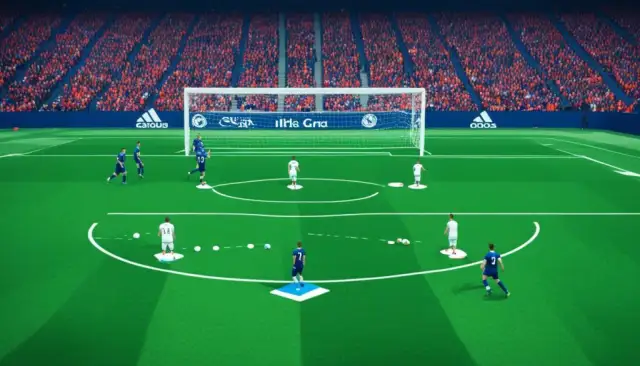Horse Racing Betting in Japan: Decoding the 'Wide Draw' Bias at Nakayama Racecourse

Horse racing in Japan is a thrilling sport with a passionate fan base. For bettors, understanding track biases can be the key to success. One of the most talked-about biases in Japanese racing is the "wide draw" effect at Nakayama Racecourse.
In this article, we’ll break down what the wide draw bias is, why it happens, and how you can use this knowledge to make smarter moves on the official 20bet sports hub: news & insights.
What Is the Wide Draw Bias?
In horse racing, the "draw" refers to a horse’s starting gate position. A wide draw means a steed starts near the outside of the track, while an inside draw is closer to the rail.
Those drawn in wider gates (higher numbers) at the Nakayama Racecourse typically do better than those starting close to the inside. This defies the conventional wisdom of racing, which usually favors the opposite.
Why Does This Happen?
This advantage at Nakayama is a result of several factors:
- Track Layout: Particularly in its inner track races, this course is narrow and twisting. Horses on the inside can get trapped or forced to check their speed, while wide-drawn runners have more room to maneuver.
- Early Speed Matters: Since the first turn comes quickly, outside competitors can avoid traffic by staying wide, while inside runners may get boxed in.
- Jockey Tactics: Many jockeys here prefer to stay wide to avoid congestion, giving outside horses a cleaner run.
Wagering on This Phenomenon
Now that we know why the wide draw bias exists, how can speculators use it to their advantage? Here are some key strategies:
1. Favor Steeds with High Draw Numbers
If a race is run on Nakayama’s inner track (1,400m or 1,600m), pay close attention to the contenders drawn in gates 10 and above. They often have a better chance of winning or hitting the board.
Yet, not every wide draw is a winner, so look for contenders with:
- Good early speed (to secure position before the turn)
- Experienced jockeys (who know how to navigate the track)
2. Avoid Overbetting Inside Horses
Many casual watchers assume low draw numbers are always better. Because of this, inside runners may be overbet, meaning their odds are worse than they should be.
If a horse is drawn in gate 1, 2, or 3 but has short odds, consider looking for value elsewhere.
3. Watch for Track Conditions
While the wide draw bias is strong, it can change depending on the weather and track conditions:
- Firm tracks: The bias is strongest.
- Wet or muddy tracks: Inside paths may become faster, reducing the wide draw advantage.
Always check the going rates before placing your money down!
Real-Life Examples
Looking at past races can help confirm the bias. Here are two notable examples:
Example 1: 2023 Nakayama Daishoten (G1)
- Winner: Deep Bond (Drawn in gate 14)
- Despite being one of the widest draws, this runner had a clean run and won comfortably.
Example 2: 2022 Nakayama Kinen (G2)
- Winner: Danon Kingly (Drawn in gate 12)
- Again, a wide-drawn steed outperformed favorites with inside positions.
These events show that even in high-stakes events, the wide draw bias plays a major role.
How Jockeys Adapt
Experienced jockeys know how to play the wide draw to their advantage. Here’s how they adjust their strategies:
- Avoid early crowding by angling outward immediately after the start.
- Conserve energy by not fighting for the rail too soon.
- Time the final push—many wide runners make their move later in the race.
- Break fast to secure a forward position before the turn.
- Hope for luck, as if traffic clears, they can save ground and surprise late.
Pro Tip: Follow jockeys with high win rates at this arena, as they often master these adjustments better than others.
Can it Be Overcome?
While the bias is real, it’s not unbeatable. Some factors can neutralize or reverse its effects:
- A horse with blazing early speed can overcome an inside draw by clearing the field before the first turn.
- Example: Gran Alegria (2021 Yasuda Kinen) won from gate 3 by dominating early.
- As mentioned earlier, muddy tracks sometimes favor inside paths, reducing the wide draw advantage.
- A far superior breed can defy the bias, as class often trumps track quirks.
Final Thought: The wide draw is a key factor, but never rely on it blindly. Always assess the full picture!
Final Tips for Success
To maximize your achievements when gambling at Nakayama Racecourse, keep these nuances in mind:
- Study Past Results: Look at recent rounds to see if the wide draw trend is holding.
- Check Jockey Records: Some jockeys handle wide draws better than others.











